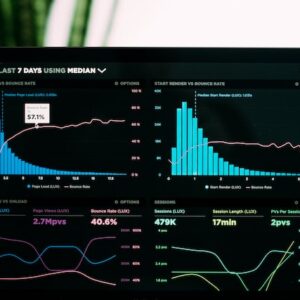Impact of Fashion Industry on Climate
Fashion brands release new clothing collections every season to stay competitive in the retail industry. Producing items that fit the latest fashion trends is another way to attract more customers to buy their goods. These efforts foster a consumer culture in which people buy more clothes and wear them less frequently when there is a new clothing craze.
Unfortunately, more clothing production means that factories pollute the environment. This is because the majority of them are manufactured using coal-based energy, which allows carbon dioxide—the primary greenhouse gas—to be emitted into the atmosphere. To make matters worse, retailers are extremely protective of their merchandise.
Another dreadful consequence of the constant mass production of clothing for the environment is that people end up throwing away their clothes. Indeed, according to EPA research, Americans discard 70 pounds of clothing each year, with 85% of all textiles ending up in toxic landfills, which have negative effects on both the environment and our health. Furthermore, much of the clothing that is discarded is made of manmade fibers that are difficult to degrade, such as nylon and plastic.
The US Climate Change Science Program predicts that the country will experience more intense storms and hurricanes, faster wind speeds, and more extreme heat events in the coming years. These shifting weather patterns can have a significant impact on how fashion brands operate.
Impact on Industry
For starters, the unavoidable presence of extremely severe weather can destroy company property and assets. Supply chains are also expected to perform poorly, as changing weather patterns can halt production and distribution at any time. It also poses a risk to people who work on-site, as well as store employees and executives, because an unstable landscape will almost certainly result in massive sales losses.


